Archives
- 2018-07
- 2018-10
- 2018-11
- 2019-04
- 2019-05
- 2019-06
- 2019-07
- 2019-08
- 2019-09
- 2019-10
- 2019-11
- 2019-12
- 2020-01
- 2020-02
- 2020-03
- 2020-04
- 2020-05
- 2020-06
- 2020-07
- 2020-08
- 2020-09
- 2020-10
- 2020-11
- 2020-12
- 2021-01
- 2021-02
- 2021-03
- 2021-04
- 2021-05
- 2021-06
- 2021-07
- 2021-08
- 2021-09
- 2021-10
- 2021-11
- 2021-12
- 2022-01
- 2022-02
- 2022-03
- 2022-04
- 2022-05
- 2022-06
- 2022-07
- 2022-08
- 2022-09
- 2022-10
- 2022-11
- 2022-12
- 2023-01
- 2023-02
- 2023-03
- 2023-04
- 2023-05
- 2023-06
- 2023-08
- 2023-09
- 2023-10
- 2023-11
- 2023-12
- 2024-01
- 2024-02
- 2024-03
- 2024-04
- 2024-05
- 2024-06
- 2024-07
- 2024-08
- 2024-09
- 2024-10
- 2024-11
- 2024-12
- 2025-01
- 2025-02
- 2025-03
-
SM-164 As the communications interface was developed by two
2020-06-04
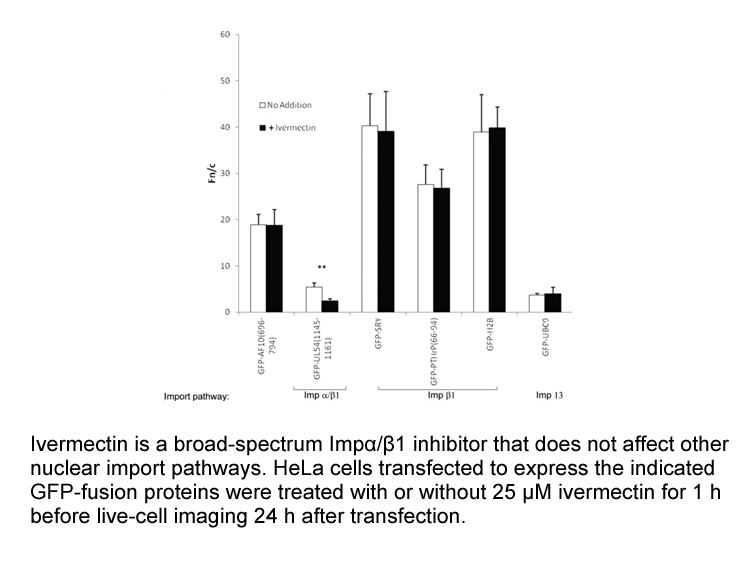
As the communications interface was developed by two separate organisations with differing software processes and tools, a modular approach to the safety case was deemed appropriate. The modular approach related the communications interface safety argument to the safety arguments for both the ACS an
-
To determine direct DDR binding partners and to further conn
2020-06-03
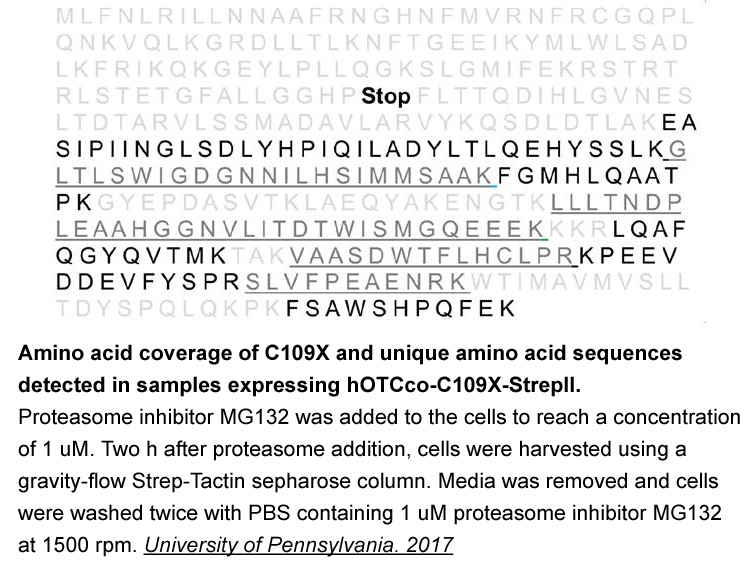
To determine direct DDR1-binding partners and to further connect to Akt and mTOR signaling, we performed mass spectrometry on DDR1 immunoprecipitates and found various candidates of the Akt and mTOR pathway such as LARP1 (La-related protein 1) and RPS6 (40S ribosomal protein S6/ S6). Most intriguing
-
Similar to Bdnf acute administration of RG
2020-06-03
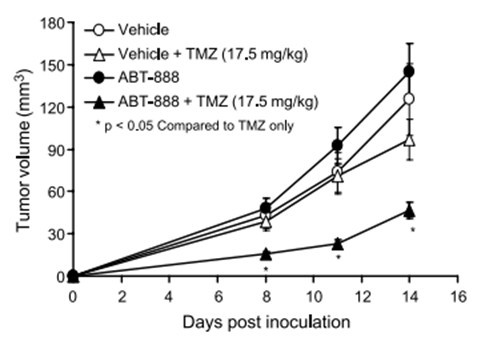
Similar to Bdnf4, acute administration of RG108 did not alter gene expression of Gria1 and Hdac2, despite their relevance for the task. Gria1 belongs to the α-amino-3-hydroxy-5-methyl-4-isoxazolepropionic rhein mg receptor (AMPAR) family that is known to be crucial for LTP and the strengthening of
-
Mass spectrometry has previously been used to examine
2020-06-03
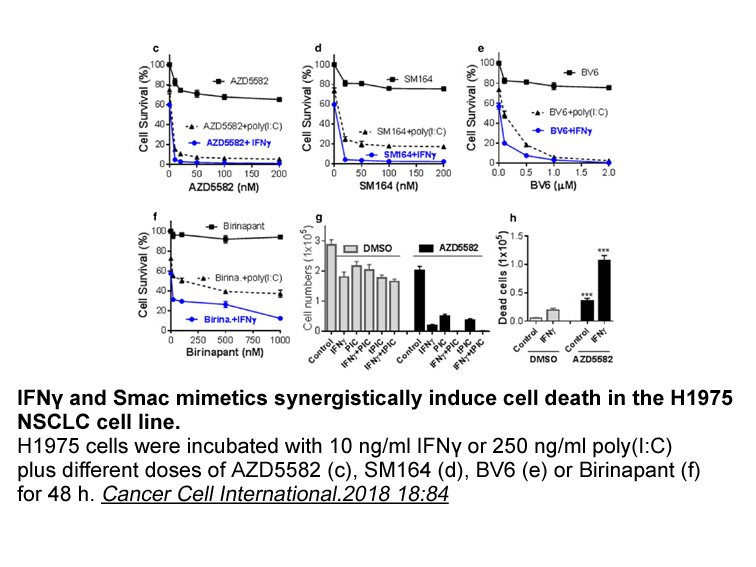
Mass spectrometry has previously been used to examine the presence of Hyp in recombinant collagen, using hydrolysates to identify the individual imino acid, equivalent to an amino b-Casomorphin (1-3) analysis [33], and also by analysis of mass changes to tryptic peptides [34]. The present study, how
-
br Introduction The cervix is a poorly
2020-06-03
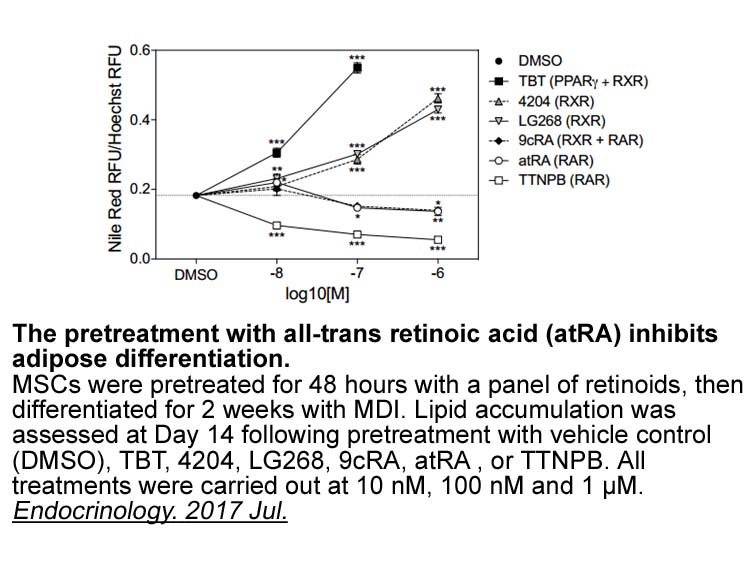
Introduction The N-Methyl-D-aspartic acid mg is a poorly studied component of the mare’s reproductive tract. It has anatomical and biological defense mechanisms involved in the delicate balance between immunological tolerance, sperm transport and biological defense. Anatomically, the cervix is c
-
br In order to determine the physiological roles of WT
2020-06-03
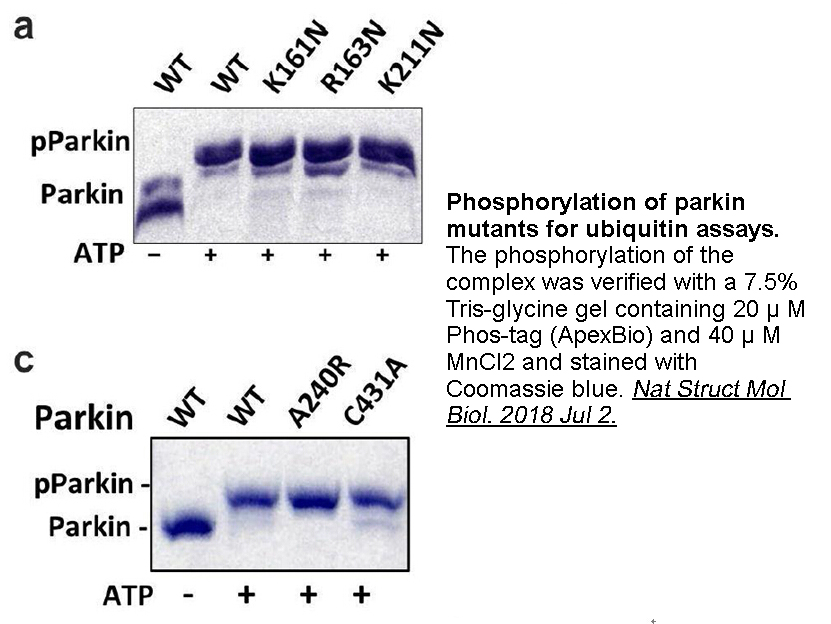
In order to determine the physiological roles of WT (wild type) EWSR1, Dr. Lee\'s group established a conventional Ewsr1 KO mouse [38]. Since then, the Ewsr1 KO (−/−) mouse model has successfully been utilized to decipher many important in vivo roles of EWSR1 (Fig. 1). EWSR1 deficiency alters m
-
Introduction Psoriasis is a chronic recurrent and inflammato
2020-06-03
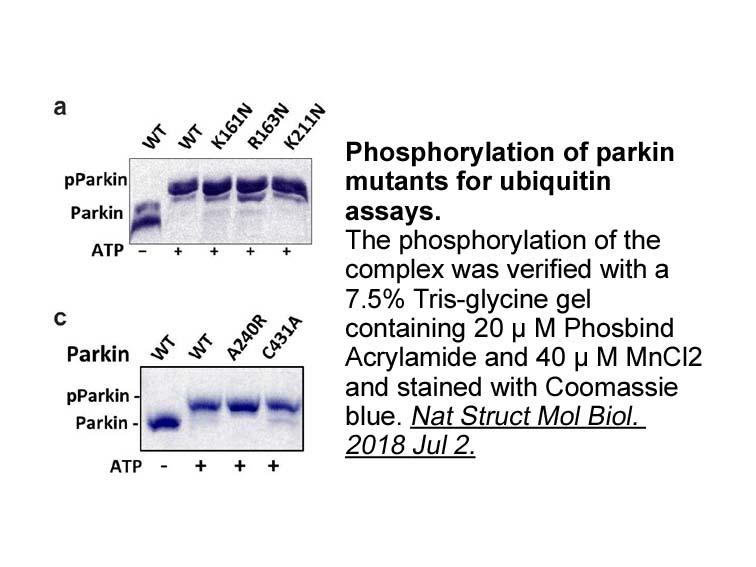
Introduction Psoriasis is a chronic, recurrent and inflammatory skin disease, and it is characterized by erythema, skin hyperplasia, scales, and hyperproliferation of keratinocyte [1]. It is reported that the psoriasis occurrences are about 3% worldwide [2], but the number varies depending on ethni
-
br O GlcNAcase Human OGA is a multidomain protein
2020-06-03
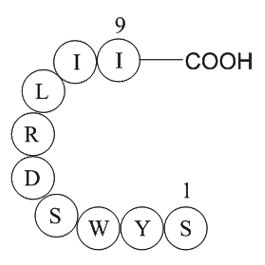
O-GlcNAcase Human OGA is a multidomain protein with an N-terminal domain similar to glycoside hydrolase family 84 (GH84) enzymes, a stalk domain, a C-terminal pseudo histone acetyltransferase (HAT) domain, and several low-complexity regions (Figure 1f) [43]. A splice variant that lacks the HAT do
-
The human MARCH family comprises eleven members
2020-06-03
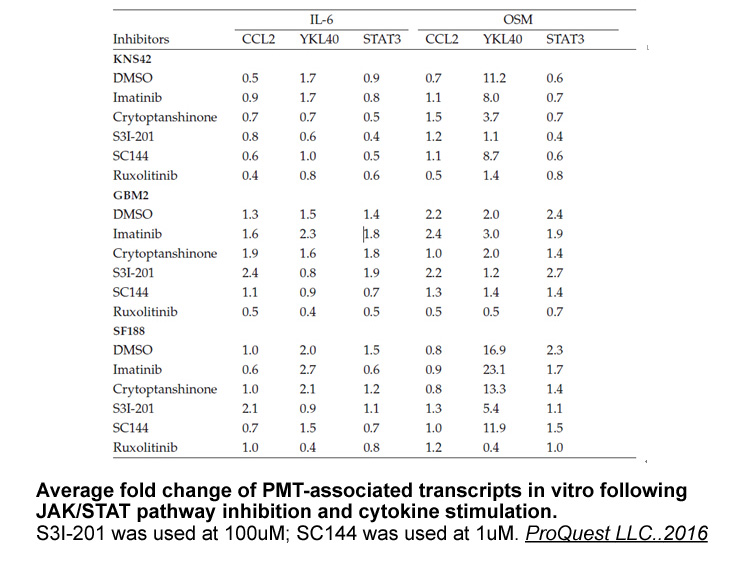
The human MARCH family comprises eleven members (termed MARCH-1 to 11), of which nine are transmembrane proteins. In this review, we focus on the role of the membrane-spanning MARCH proteins and how their transmembrane regions can mediate interactions with their target proteins. Therefore, the cytos
-
Concholepas concholepas our model species for this study
2020-06-03
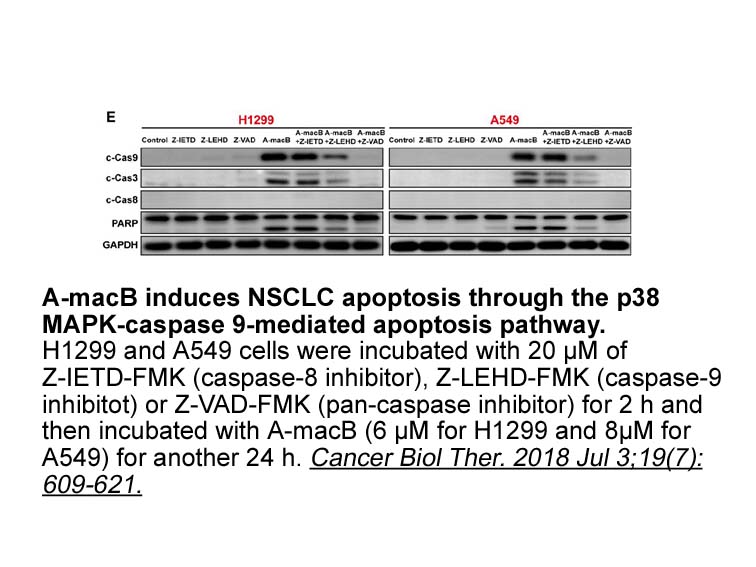
Concholepas concholepas, our model species for this study, is a marine gastropod found along the Chilean coast that has become commercially important [25], [26], [27]. Until now, the main focus of immunology related to C. concholepas is the production of a novel hemocyanin that has been useful for t
-
The present study is a genetic association study using
2020-06-03
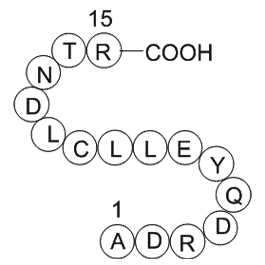
The present study is a genetic association study using the classic candidate gene approach. This method has been repeatedly criticized in the past to produce highly unreliably findings (e.g. Flint & Munafò, 2013). The alternative would be the conduction of a ciprofloxacin wide association study (GW
-
Flavin adenine dinucleotide mg br DGKs bind and regulate oth
2020-06-03
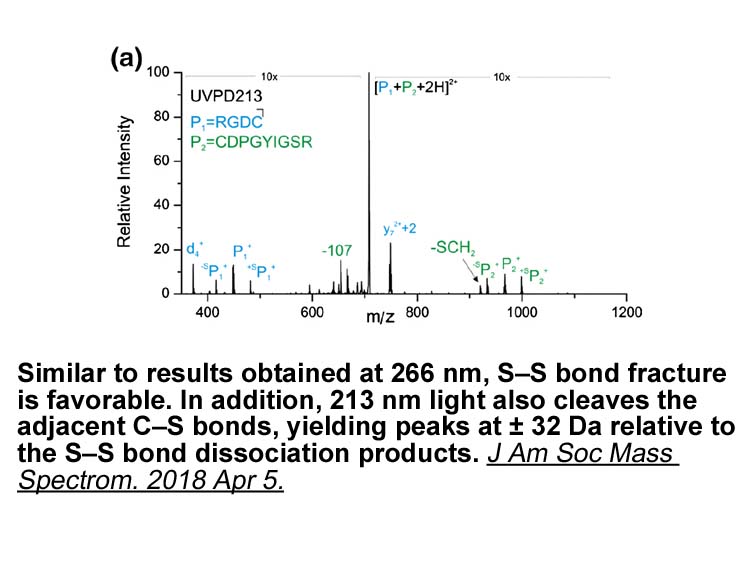
DGKs bind and regulate other signalling proteins Based on the evidence noted above, DGKs achieve specificity of function through a combination of post-translational modifications, the availability of cofactors, and through the availability and access to substrate DAG. DGKs appear to achieve an ad
-
The murine subfamily members including and have been identif
2020-06-02
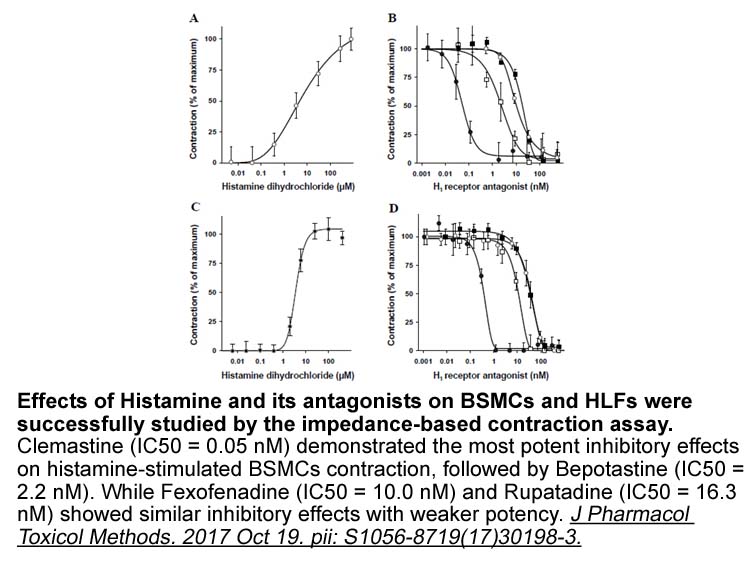
The murine subfamily members including , , , and have been identified and their encoded proteins showed deubiquitinating enzymatic activity , , , . It has been demonstrated that is an immediate-early gene induced by IL-3 in B-lymphocytes and is an IL-2 specific immediate-early gene in T-lymphocytes
-
DNA methylation is associated with
2020-06-02
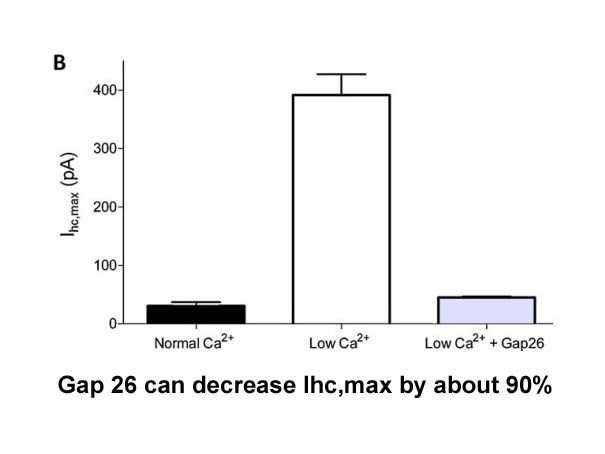
DNA methylation is associated with transcriptional silencing of tumor suppressors or other genes important for normal cellular function and plays an important role in the development of cancer and other diseases (such as breast and colorectal cancers) [19]. DNA methyltransferases (MTases) are a fami
-
Our data show a site specific
2020-06-02

Our data show a site-specific interaction of DDR2 with collagen II. This indicates that the DDRs recognise a particular sequence within collagen and not simply the collagenous triple helix per se. This common tertiary structure of all collagens is formed by three α chains, each with a repeating G-X-
15650 records 805/1044 page Previous Next First page 上5页 801802803804805 下5页 Last page